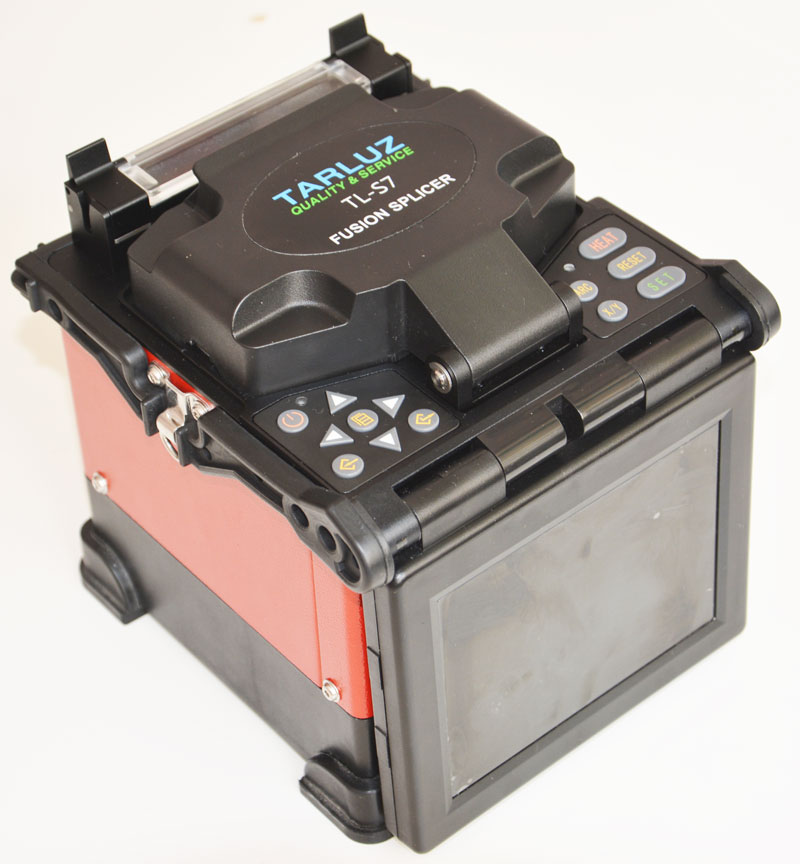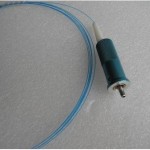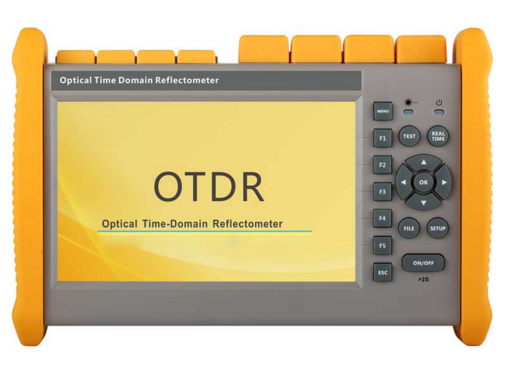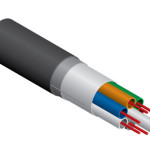POLYCARBONATE (PC)
Standard polycarbonate (PC) or Glassfibre reinforced (PC+GLAS)
Benefits:
Very high impact resistance
Also available in transparent form
Easy machining with normal tools
High lP rating
Clean attractive finish
Wide operating temperature range
Self-extinguishing
Good resistance to chemical attack
Low weight
Good UV resistance
Excellent insulating properties
Cost-effective material for harsh environments
PP
ABS (Acrylnitrile-butadiene -styrene)
Benefits:
Easy machining with normal tools
Easy colouring through pigmentation
Low weight
Good resistance to chemical attack
Excellent insulating properties
Drawbacks:
Slightly lower impact resistance compared with PC
Slightly lower operating temperature range compared with PC
Slightly lower UV resistance compared with PC. Recommended for outdoor use if protected against weather influences
Not available in transparent form
No EMC shielding
GRP – GLASS FIBRE REINFORCED POLYESTER
Benefits:
Excellent record of resistence to corrosion and chemical attack
High impact resistance
Rigid construction
High weather resistance
Wide operating temperature range
Fire resistant
Good insulating properties
Drawbacks:
More expensive than PC
Cannot be machined using standard tools
No EMC shielding
Heavier than other plastic enclosures
Polycarbonate and ABS enclosure materials
The TARLUZ thermoplastic enclosures are made of polycarbonate (PC) or acrylnitrile-butadiene-styrene (ABS) materials. High impact-resistant polystyrene (PS) enclosures are available to order.
Polycarbonate is an amorphous thermal plastic material whose high heat resistance and excellent physical properties make it an ideal material for enclosures. Polycarbonate can withstand a wide range of temperature fluctuations and its good electrical properties are unaffected by humidity. As a self-extinguishing material polycarbonate requires no protective coating.
ABS is another amorphous thermal plastic material with good physical properties and high resistance to chemical attack. It is an ideal cost effective material.
UV resistance of TARLUZ enclosures polycarbonate, transparent and grey
Virtually all plastic materials are susceptible to degradation under the influence of U.V. radiation, but the quality polycarbonates used in TARLUZ enclosures show high durability in this respect, too.
In European latitudes TARLUZ enclosures can be used, without hesitation, in outdoor applications. Over the years a slight discoloration, especially of the transparent cover material, will occur. If this must be avoided, a sun roof is recommended.
In tropical latitudes the grey coloured material still performs with only some discoloration. This is due to the TiO used in the grey pigmentation in order to UV-stabilize the material. The transparent material, however, which absorbs the U.V. radiation throughout the material, will in due time (some years) not only turn yellowish, but the high impact resistance will decrease, see below. But more than lowering the impact resistance, the transparent materials allow the UV-radiation to detonate the components mounted inside the enclosure.









